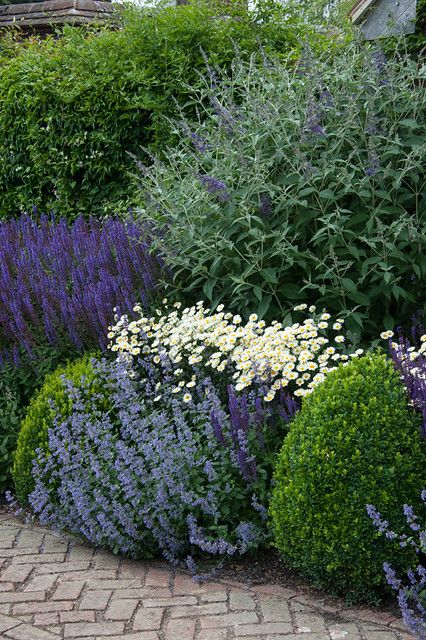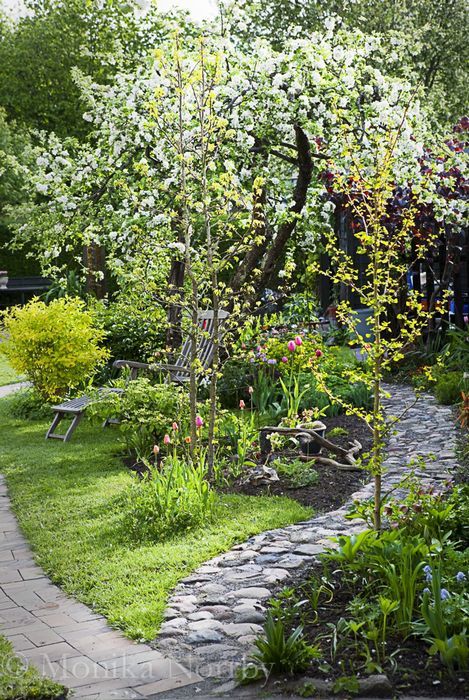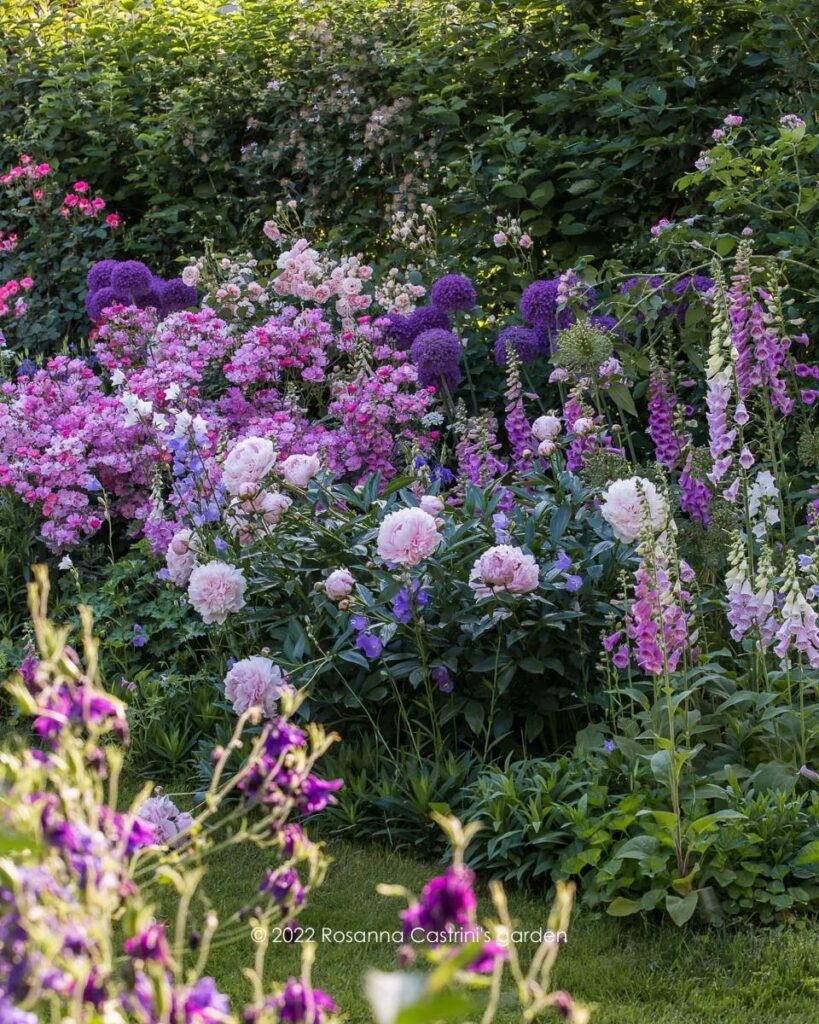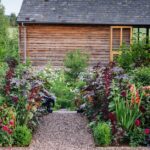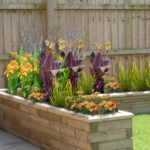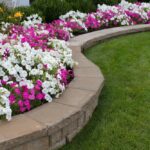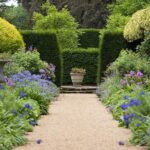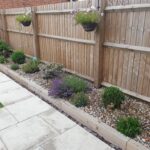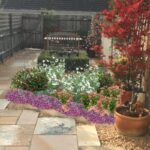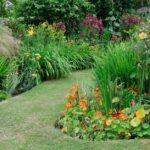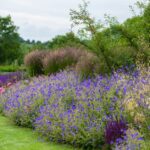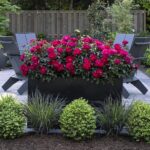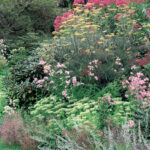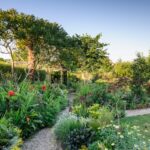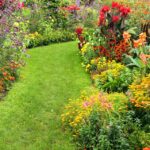Garden design borders are an essential element in creating a well-structured and visually appealing outdoor space. Borders serve as a boundary between different areas of the garden, defining and highlighting the various sections within the landscape. They can be functional, decorative, or a combination of both, depending on the overall design scheme of the garden.
When planning a garden design, it is important to consider the purpose of the border. Functional borders can help contain plants, separate different types of vegetation, or prevent soil erosion. Decorative borders, on the other hand, can add interest and visual appeal to the garden, creating a sense of order and cohesion in the overall design. By carefully selecting plants, materials, and shapes for the borders, gardeners can enhance the beauty and functionality of their outdoor space.
There are many different options when it comes to garden design borders, ranging from traditional hedges and fences to more modern options like metal edging or concrete blocks. The choice of border material should complement the overall style of the garden and blend seamlessly with other elements such as paths, patios, and plantings. For a more natural look, consider using materials like wood, stone, or plants to form the border, while for a contemporary feel, metal or concrete may be more appropriate.
In addition to the material used, the shape and size of the border are also important considerations in garden design. Curved borders can add a sense of flow and movement to the garden, while straight borders can create a more formal and structured appearance. The size of the border should be proportional to the size of the garden and the surrounding elements, ensuring that it does not overwhelm or detract from the overall design.
Plant selection is another key aspect of designing garden borders. Choosing plants that are well-suited to the specific conditions of the site, such as sun exposure, soil type, and moisture levels, will help ensure the success of the border. Consider using a mix of evergreen and flowering plants to provide year-round interest, and include species that attract pollinators to support the ecosystem of the garden. By carefully selecting plants that are appropriate for the border, gardeners can create a beautiful and harmonious landscape that enhances the overall design of the garden.
